Based on reader request, we are adding a new category this year: Regency Weather. This is where we can share significant weather patterns and events impacting the early 19th Century.
As a reminder, we have a free download available that tracks significant events and average weather patterns on our Regency Resources page.
While Regency Readers may be aware of the Year Without Summer (and if not, give me a shout and I will make a post) that occurred in 1816, which is partially as a result of a massive eruption of Mount Tambora, what they may not know is it was part of a broader weather pattern sometimes referred to as The Little Ice Age.
The Little Ice Age was not a global phenomenon, but rather a significant period of North Atlantic regional cooling between 1300 to around 1850. We understand it now to be a period of time with extensive mountain glacier expansions where temperatures in the norther hemisphere dropped by about .6 degrees Celsius. There is also evidence that there was increased variability of the climate, and very cold winters, springs, and summers that produced some instability with agriculture. Research has tied this instability in with famines and more generally, a cycle of low agricultural productions.
There were other impacts, too. More familiar to some Regency Readers may be the frequent freezing over of water bodies like the Thames, so that Frost Fairs could occur. These would wane closer to 1850 as the weather heated up, in addition to changes to the depth and flow of the Thames including embankment improvements. This is all to say that the Little Ice Age produced a variety of impacts, and some believe its influence was manifold. Schlesinger (2013) argued that weather had the impact of amplifying socio-political struggles, and, in turn, influencing industrialization and the arts. An examination of cloud cover, for instance, during the Little Ice Age showed a steady increase of its use in paintings, and then a significant drop off after 1850. This had influences on and by Romanticism in art and literature. I would suspect it’s also what fueled the development of gothic literature, and its juxtaposition between the natural and the expressively ornamental, a push and pull between man and nature; the idea that weather was looming and unmanageable would have been a backdrop of life over the centuries of colder weather.
Schlesinger (2013) also looks to the dual reaction to famine and poor harvests of civil disruption and religious fervor, a teeter-totter of responses that signaled an apocalyptic reaction to destablization caused by weather patterns. The subsistence crisis between 1816 and 1817, for example, corresponded with high rates of violence. Coupled with global expansion via military conflict, industrialization that quickly moved to replace manmade objects with those manufactured by machines, and the shift from an agricultural economy to an industrial one would have enhanced the feelings of unmanageable change.
The reality is, most accept weather is an unmovable force that can foster growth and also wreak havoc. This prolonged period of cooler temperature, including frozen water bodies, snow and ice, and crops dying in the fields would have been largely perceived as an existential threat underscored by shifts in society and the manner of production. Access and understanding to that threat would have varied, likely stratified along class lines. Joining global scale imperialism and conflict, globalization of resources, and subsequent changes to the scale and demand for production, you can imagine the impact on people with little adjacency to wealth and power.
It’s not a factor I have considered overmuch until I stumbled upon the Little Ice Age a few days ago (amazing how synchronicity works). But I think worth a conversation on how these weather patterns ultimately influenced the populace, particularly at the tail end of a very long cold front.
Sources:
Lockwood, M., Owens, M., Hawkins, E., Jones, G. S., & Usoskin, I. (2017). Frost fairs, sunspots and the Little Ice Age. Astronomy & Geophysics, 58(2), 2-17.
Mann, M. E. (2002). Little ice age. Encyclopedia of global environmental change, 1(504), e509.
Matthews, J. A., & Briffa, K. R. (2005). The ‘Little Ice Age’: re‐evaluation of an evolving concept. Geografiska Annaler: Series A, Physical Geography, 87(1), 17-36.
Reiter, P. (2000). From Shakespeare to Defoe: malaria in England in the Little Ice Age. Emerging infectious diseases, 6(1), 1.
Schlesinger, K. (2013). The” Romantic” Year Without a Summer: The Little Ice Age’s Cultural Impact on Early Nineteenth Century Britain. Forbes & Fifth, 3.


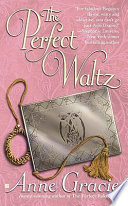

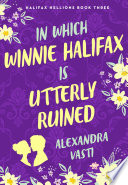
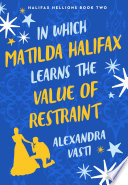


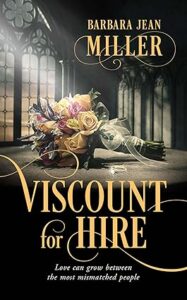
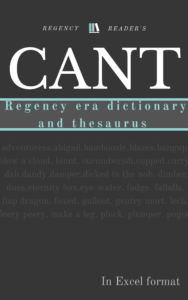


Oh, my gosh, this is a great post! So much to love about how this research could add nuances to a story that would enthrall readers. Thanks for the research and bravo!
Thank you!